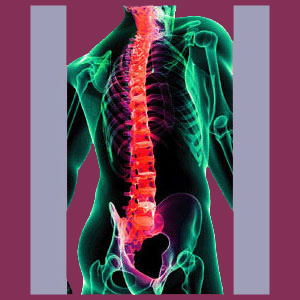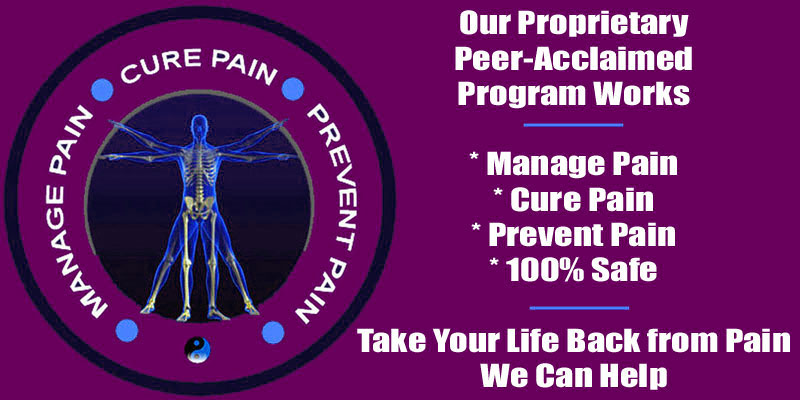
Are you having a scoliosis flare up and do not know what to do? We can help you to understand why you are having pain. As patient educators and advocates for many years, we are happy to provide this free resource to assist people in overcoming the fear and pain of sudden symptomatic flare ups.
What is a flare up of scoliosis and what does it entail exactly? Do all patients get flare ups? Most importantly, how can they be resolved? We will seek to answer all of these crucial questions during the course of this focused dialog.
This discussion is all about flare ups of scoliosis pain. If you have occasional, regular or continuous attacks of acute pain due to scoliosis, we can help you to understand your condition better.
Scoliosis Pain Flare Ups
A flare up is a sudden acute presentation of pain. It might exist in the back, neck or limbs, depending on many factors. Some patients might also suffer pain in the chest or abdomen. Flare ups might also entail other symptoms related to scoliotic curvatures, such as constipation, incontinence, numbness, weakness, tingling and motor dysfunctions, like foot drop.
Flare ups do not describe changes in the degree of scoliosis, but instead the symptomatic activity associated with the condition. Flare ups of pain do not mean that scoliosis is worsening in degree.
Flare ups are generally defined as episodic, meaning they might come and then go. They may occur once, twice, infrequently, regularly or daily or multiple times daily. People with frequent flare ups have a much higher risk of developing chronic scoliosis pain wherein some degree of discomfort exists all the time.
Scoliosis Flare Up Frequency
The vast majority of scoliosis is minor and completely asymptomatic. These people will not have flare ups, since they do not have symptoms to begin with. However, this does not mean that scoliosis patients can not get back, neck or limb pain just like people without scoliosis. Of course they can! However, it is crucial to know that the pain is not related to the scoliosis and should not be blamed on the scoliosis without proof of pathology.
Among people who do have scoliosis pain, flare ups are commonplace. Scoliosis is an ongoing problem for some people and might cause flare ups for life which might have known, suspected or idiopathic trigger mechanisms.
As mentioned above, patients who have frequent severe flare ups are more likely to develop chronic pain. However, this is equally true for all types of back and neck pain, including those complete unrelated to scoliosis and found in people without any atypical spinal curvature.
Treatment for Scoliosis Flare Ups
Every patient who suffers flare ups should have an action plan in place before the pain occurs. This way, they know what to do when the flare up comes and they will not be fearful or unprepared. It is wise for every affected patient to discuss this action plan with their physician so that they are confident that they are managing their condition optimally and without risk to themselves.
Generally, we recommend gentle activity during flare ups instead of bed rest. Lying motionless is not productive for healing and generally makes matters worse with each new episode of pain. Do what you can, but be careful with your body and do not push too hard when you have pain.
Stick to nonpharmaceutical pain management as much as humanly possible Chiropractic, massage, heat, ice and pain coaching all offer constructive methods of care which will never harm. Drugs and injections, on the other hand, are poisonous to the body and will certainly degrade overall health and wellness.
Be sure to separate pain that is structurally-based from that which is due to the nocebo effect of the scoliosis diagnosis and other mindbody factors. In our experience, many flare ups of pain that are 100% blamed on scoliosis are actually due to a mindbody issue using ischemia as a trigger mechanism. Just remember that this type of oxygen deprivation pain is the leading source of symptoms in people without scoliosis, and can affect scoliosis patients just as often, with the spinal curvature being an incidental factor. In these circumstances, the use of knowledge therapy is the recommended therapeutic path.





